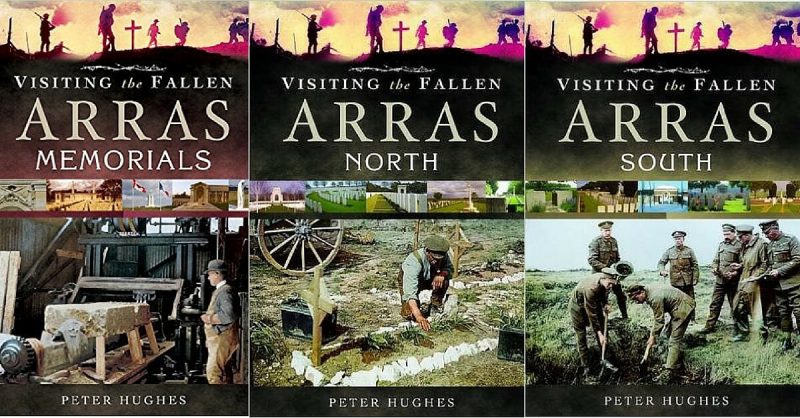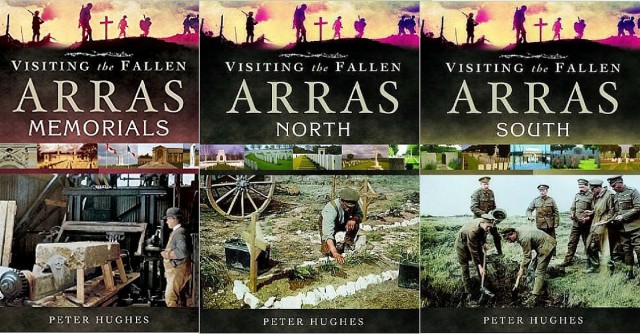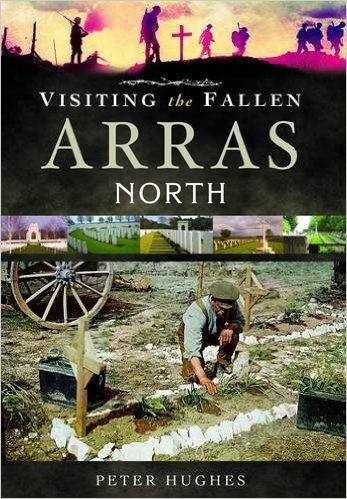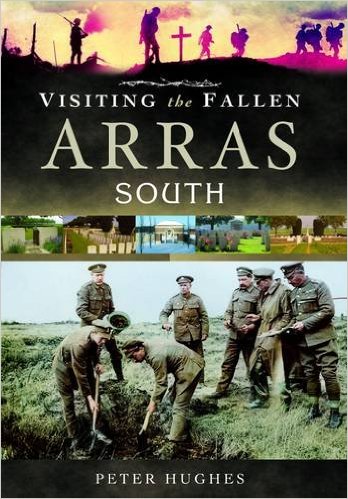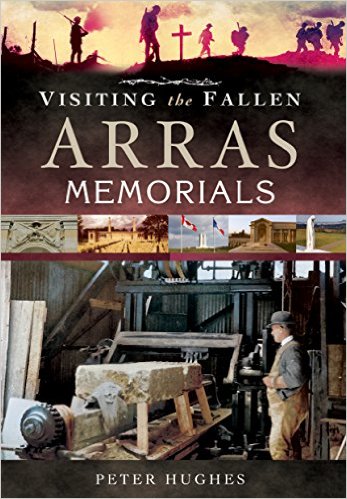When I first started my pilgrimage on the Great War battlefields I set myself an agenda that involved what I can only describe as ‘collecting’ in respect of much of the photography I carried out. This involved an often obsessive recording of individual war graves and although I am pleased to have those photographs in my archive I have lost the intensity these days and there are some trips my gang of pilgrims undertake where we often miss out cemeteries altogether.
It wasn’t a fad and I certainly have not lost my pilgrim’s spirit in terms of what the Fallen mean to me. But a member of those early teams had it right when he used to say he was ‘cemeteried out’ and it took me more time than I care to admit to appreciate what he meant.
But, but, but, but – times a million and two; when it comes to battlefield touring, like much else in life, the old adage perfect planning prevents piss pour performance is as true today as it has always been. Good maps/a satnav that works, one of those clever Linesman things to pinpoint your position and a forest of intelligent guides are all essential for your armoury as much as boots that don’t leak and a bag full of Snickers bars. My mate John will confirm you do not want to take a wrong turn and end up in Dortmund. You have to take advantage of all the stunning legwork done by other pilgrims who have walked the long, long trail ahead of you.
These two fantastic books by Peter Hughes are a case in point. Here he presents us with a fund of information and a heap of love for the men who died around Arras. I hope he takes the format elsewhere on the battlefields. Mr Hughes visits the cemeteries surrounding that lovely little city and builds a narrative of the men who rest in them. His work transcends an otherwise useful but aridly dry guide by making the men – the great, the good and the everyman, a bit more real.
I once read a reference to my great uncle Les in a guide and it had the effect of validating him in my eyes. He had become someone who belonged to everybody, not just my family and the few friends who had stood before his grave. Mr Hughes achieves a good dollop of that here.
These books actually represent decades of pilgrimage and like some of the most valued guides and reference books in the Barnes ‘library’ they are effectively a testimonial to the people who wrote them. I can get a tad romantic about this stuff, but I know a little about putting a book together and can assure you these two are up there with the very best. Whether you are planning a visit to Arras or you just appreciate top quality guides, these two books by Peter Hughes will be essential to your preparation.
NB: As if my magic, a copy of a third book arrived in the post just as I sent this review off to Joris. The latest volume continues where the author left off and has all the same ingredients. This time he pays attention to the great memorials of Arras including the huge monument for the Missing and the Flying Services memorial at Faubourg D’Amiens. Mr Hughes also takes us to the majestic Vimy Ridge, a place I love for it’s artistic beauty, let alone for what it represents.
He also looks at the grand memorial at Viz-en-Artois, a place I have visited once on a black day of intense rain and cold. There was scaffolding up and all the impact of it was lost. I need to go back!
If you want to learn more, this website accompanies the books: www.visitingthefallen.co.uk
Reviewed by Mark Barnes for War History Online.
VISITING THE FALLEN: ARRAS NORTH
ISBN: 978 1 47382 556 7
VISITING THE FALLEN: ARRAS SOUTH
ISBN: 978 1 47382 558 1
VISITING THE FALLEN: ARRAS MEMORIAL
By Peter Hughes
